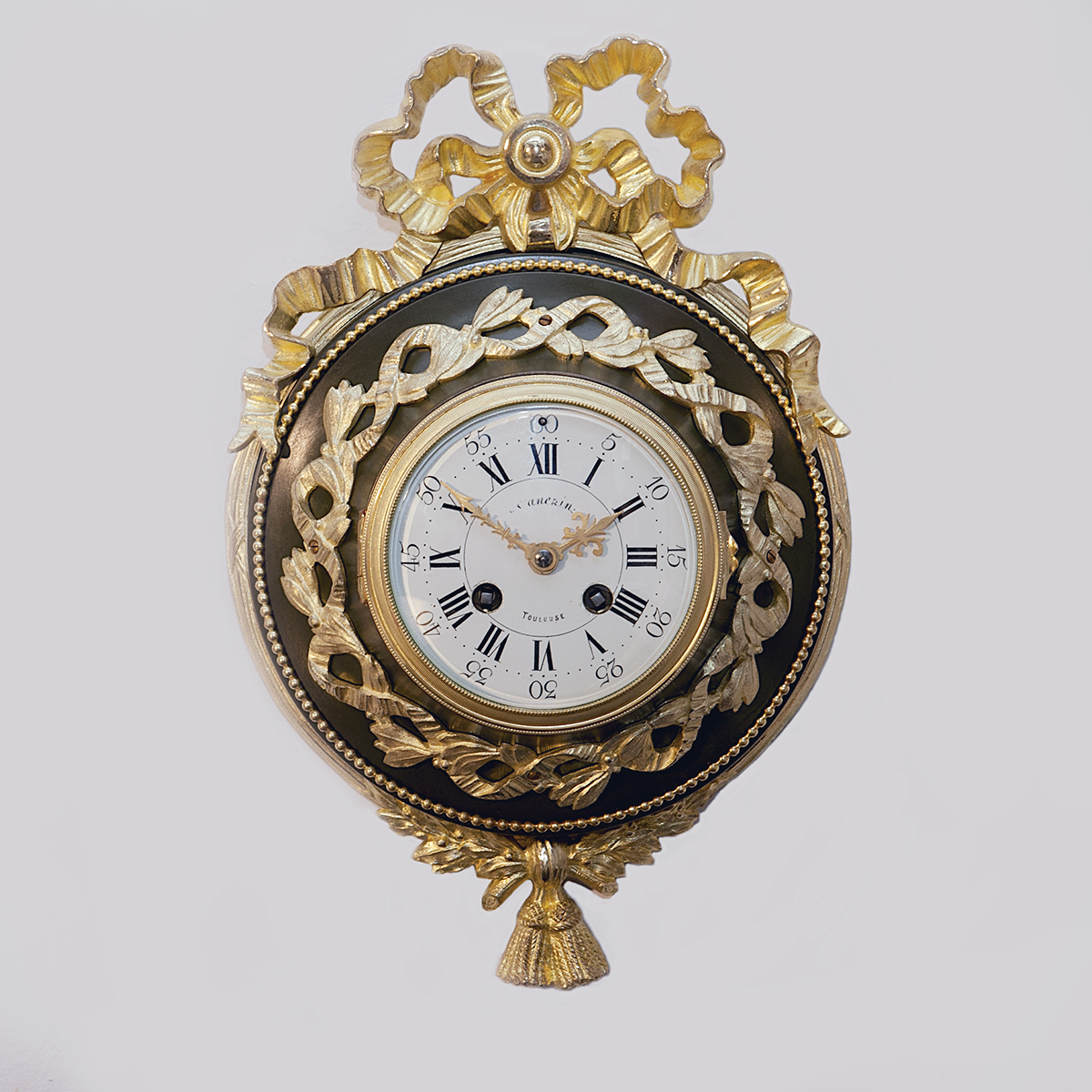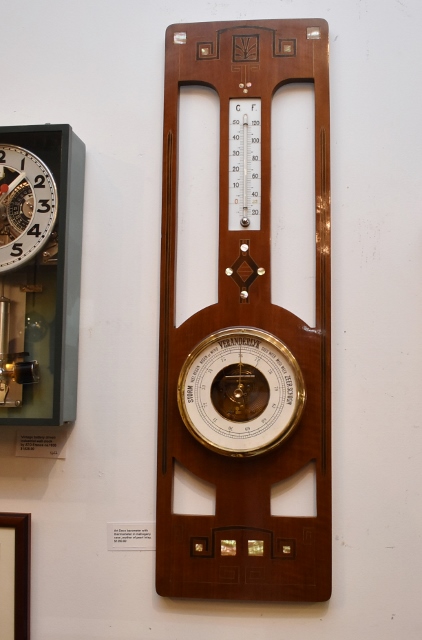The presence of wall clocks spans a considerable duration within the records of human history, signifying the progression of time and functioning not only as practical timekeeping instruments but also as expressions of artistic skill. Across numerous centuries, these chronometers have undergone transformative developments in design, mirroring shifts in technological landscapes, cultural dynamics, and prevailing artistic tendencies. In this exploration, we delve into the fascinating journey of antique wall clock designs through the ages, witnessing the transformation of these timekeeping instruments into masterpieces that transcend mere functionality.
Origins in antiquity
The foundations of wall clocks find their origins in antiquity, with traces leading back to ancient societies utilizing sundials and water clocks for temporal measurements. Yet, it wasn’t until the 14th century that mechanical clocks, powered by weights and intricate gear systems, surfaced within European monastic and cathedral settings. These inaugural timekeeping devices took on monumental forms, frequently positioned on vertical surfaces and lofty structures to signal the progression of time to the local community.

The Renaissance elegance
As the Renaissance unfolded, so did advancements in clockmaking. The mechanical components became more refined, allowing for smaller and more intricate designs. Clockmakers began incorporating ornate wooden cases and hand-painted dials, turning these timepieces into decorative elements for affluent households. The craftsmanship of the clockmaker became as important as the accuracy of the timekeeping.
The golden age of clockmaking
The 18th century marked the golden age of clockmaking, with innovations in technology and design flourishing. Grandfather clocks, characterized by their towering cases and long pendulums, became a symbol of wealth and prestige. Intricate woodwork, polished brass, and detailed enamel faces became hallmarks of this era’s clock designs, showcasing the artistry and skill of master clockmakers.
Industrial revolution and mass production
The commencement of the industrial revolution in the 19th century ushered in substantial transformations in the craft of clockmaking. The incorporation of standardized manufacturing methods resulted in clocks becoming more economically viable and accessible to a wider populace. This epoch witnessed the ascendancy of the quintessential circular wall clock, featuring a rounded visage and a swinging pendulum—a design that persists till present-day.
Art deco and modernism
The early 20th century saw a departure from the elaborate designs of the past, as the Art Deco and Modernism movements embraced simplicity and functionality. Wall clocks adopted sleek geometric shapes, chrome finishes, and bold, minimalist designs. These timepieces mirrored the changing aesthetics of the time, reflecting a shift towards a more streamlined and industrial look.

Expressions today
Present-day, wall clock designs have become diverse and eclectic, with a fusion of traditional craftsmanship and cutting-edge technology. Minimalist designs with clean lines and digital displays coexist with vintage-inspired clocks that pay homage to earlier styles. Materials range from traditional wood and metal to unconventional mediums like acrylic and recycled materials, showcasing a commitment to sustainability. The intricate woodwork and hand-painted dials reminiscent of the Renaissance have endured, subtly woven into modern clock aesthetics. Similarly, the elaborate craftsmanship and polished brass accents characteristic of the Golden Age have left an enduring legacy, with contemporary clockmakers paying homage to these historical elements in their creations. The echoes of these bygone eras are discernible in the ornate detailing, meticulous finishing, and timeless elegance that grace many of today’s wall clocks, showcasing a harmonious convergence of past and present.
One can only wonder
The evolution of wall clock designs is a captivating journey through time, reflecting the dynamic interplay between technological progress, cultural shifts, and artistic expression. From the grandeur of Renaissance clock towers to the sleek simplicity of modern designs, these timepieces have not only measured the hours but also mirrored the spirit of their respective eras. As we continue to move forward, one can only wonder what innovative designs the future holds for this timeless and essential element of our homes.
